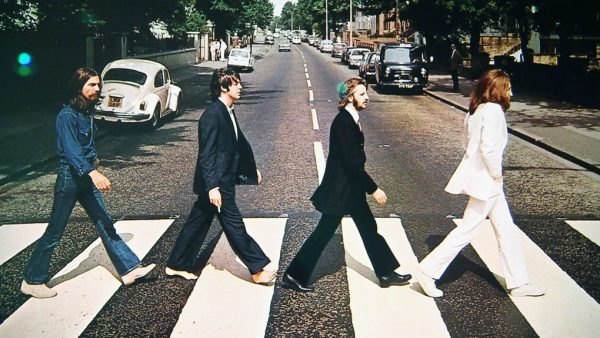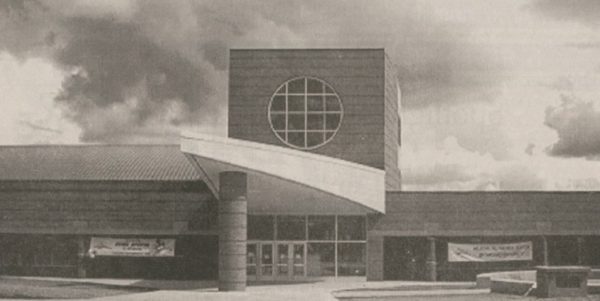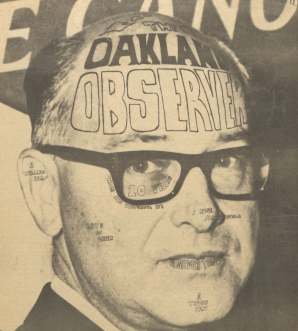Tablet Takeover
Tablet computers are dominating the tech scene, the newest installment being Apple’s iPad 2, which will release this Friday.
Update: The iPad 2 will be on sale at 5PM local time at Apple Stores, Best Buy, Target, Walmart, AT&T, and Verizon Wireless outlets. It will be available online starting at 1AM Pacific Time.
Ultimately, the decision between each tablet rests on the individual — will the tablet be used as a computer or a mobile device? Will a smartphone be used in conjunction with the tablet, and what type?
With each tablet running a different operating system and waving different flags of specs, each competitor is strong in its own way.
iPad 2
The iPad 2 is significantly thinner than both its predecessor and competing models — 33 percent, in fact — sizing in at 8.8 mm.
Although still the same size and resolution as the original iPad, the second generation finds its improvements in additional accessories and an upgraded processor. The iPad 2 proudly displays a front VGA camera and a rear camera, which can record up to 720p videos. There is also an enlarged speaker on the backside.
Thanks to the new 1GHz dual-core Apple A5, the device — including the Safari browser — has increased response time. The blazing-fast tablet will use this update with new available applications, including PhotoBooth, FaceTime, iMovie and GarageBand.
The iPad 2 features a proximity sensor, which works in conjunction with a revolutionary cover. The cover, a magnetic flap to protect the front, automatically puts the devices to sleep or wakes it, depending on whether it is open or closed, respectively.
“We designed the case right alongside the product. It’s not a case, it’s a cover,” said Steve Jobs, Apple’s CEO.
The weight of the tablet depends on the model — 601g for WiFi, 607g on Verizon and 613g on AT&T. The iPad 2 is expected to be available this Friday in 16, 32 and 64 gigabyte models.
BlackBerry PlayBook
A simplistic tablet, even called “serious” by engadget.com, hinges on the union with BlackBerry mobile devices, allowing tethering via Bluetooth.
The front features a three-megapixel camera and the familiar BlackBerry logo. The top of the device houses the only pushable controls, including volume, play and pause, and a power/lock button. A mini-HDMI, micro-USB and charging ports can be found on the bottom edge. A five-megapixel camera can be found on the back with a prominent, centered BBM seal.
In comparison to the iPad’s 132 pixels per inch screen, the PlayBook’s resolution is great at 1024 x 600. RIM’s tablet features a unique tablet operating system tagged QXN and stores a dual-core 1GHz ARM Cortex-A9 processor.
The tablet comes in last place with the Galaxy tab in regards to screen size, only offering a 7-inch LCD in comparison to the competition’s 9.7 inch and up display. However, it is one of the lightest tablets on the market, clocking in at 425 grams.
The PlayBook is expected to cost around $500 and will be available mid-April with WiFi connectivity. There are plans to release a WiMAX version through Sprint in the summer.
Galaxy Tab
The Galaxy Tab has been available on the market for several months now, but is still considered one of the strongest tablets available. In early reviews, the Tab was believed to be the first real competitor to the original iPad.
The Galaxy Tab presents touch screen buttons on the front, similar to the HTC EVO smartphone, a headphone jack on one side and volume, micro-SD card slot and power button on the other. A deal-breaker for some, the Galaxy Tab charges through a Samsung charging cable rather than a micro or mini USB, which has become the universal method for many devices.
The Galaxy Tab is distinguishable from other tablets on the market thanks to its contrasting front and back exterior. The screen is a mere seven inches, which, while ideal for one-handed usage, it ranks low on the size chart in comparison to the iPad and the Xoom.
“(The Tab is) small enough to fit into a pocket or purse, but it is also very powerful enough to provide LTE for up to as many as five devices at the same time,” said JK Shin, head of Samsung Communications at this year’s Consumers Electronics Show.
The Galaxy Tab is 4G LTE enabled with a 1.3 megapixel front facing and eight-megapixel rear camera. Running Google’s smartphone OS, the screen is extremely responsive to swipes and touches.
Motorola Xoom
Motorola’s Honeycomb-powered tablet is the most recent Android beast to plow onto the scene.
Tech-savvy users will be swooned by a 1GHz, NVIDIA Tegra 2-based slate, a gigabyte of DDR2 RAM, 32GB of internal storage and a 1280 x 800 capacitive display. Those who just want a shiny new toy should consider the 10.1-inch screen (the largest of those featured), 3G connectivity, front and rear facing cameras, HD video capability, and several wireless options.
“With all that’s packed inside — and more importantly with what Google has done on the software side — the Xoom could represent the next stage of tablet evolution,” said Joshua Topolsky in his review on engadget.com.
The Xoom has a surprising 8 hours and 20 minutes worth of battery life, but still takes second place to the iPad’s 9:33.
The device’s selling point is definitely contributed in most part to the Honeycomb OS. The home screens are scrollable and can be filled with application shortcuts, folders, shortcuts and widgets. However, unlike the mobile Android OS, the status bar is positioned at the bottom of the screen, including time, battery and an area for notifications.
Aesthetically pleasing, the Xoom gives a completely different feel than the iOS.
Gmail has been redesigned and a new music management application introduced.
The Xoom will be available for $800, $600 on contract with Verizon and around $500 for a WiFi-only model.







